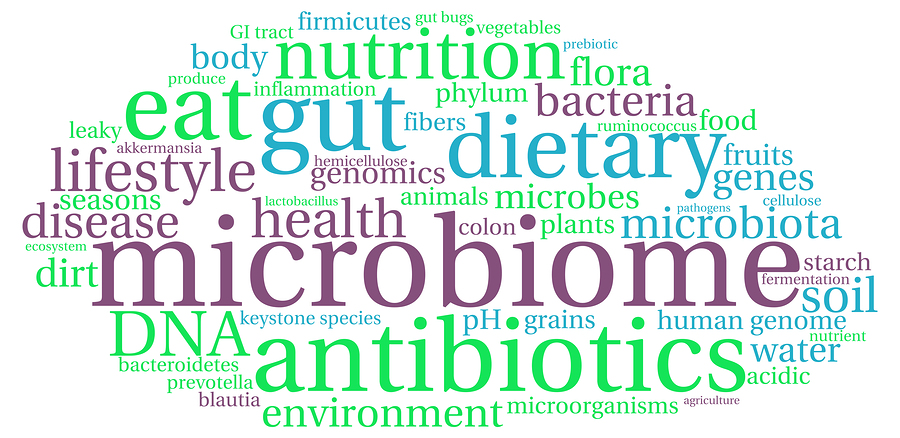40 Trillion Bacteria on and in Us? Fewer Than We Thought
I love science. As we have learned more and more about the human body we have come to understand that our complex gut is a actually a biome, a large community of plants and animals. Our microbiome, as it’s called, is fundamentally important to our overall well being.
But just how many of these little microbes were on and in us has been somewhat puzzling for researchers for the last couple of decades. Starting in 1972, Thomas D. Luckey published an article in The American Journal of Clinical Nutrition where he postulated that an adult male had 100 trillion microbes in his gut and another one trillion on his skin but gave no reference for either figure.
Five years later, using Luckey’s figure, D. C. Savage wrote, “the normal human organism can be said to be composed of over 1014 cells, of which only about 10 percent are animal cells.” To come up with this number he simply added 10 trillion human cells to the ratio. And there things stood, this idea that we were made up of 10 times as many microbial cells as human cells.
However, Israeli scientists have published new details and calculations about just what it is we are made up of. And it surprised us.
From the NY Times article:
“Using one cubic micrometer as the volume of a single bacterium, they made their estimates based on the volume of the organs that contain microbes, along with the likely concentrations of bacteria in each place. The researchers estimate that the large intestine, where most of our microbiome lives, contains 39 trillion bacterial cells. Other places — the skin, the mouth, the small intestine and stomach — contain very few bacteria, and together add only a small amount to the total.”
This is of course, only an estimate and one, “based on a 155-pound man 20 to 30 years old and 5 feet 7 inches tall. The size of the microbiome varies by age, sex, height and weight, and even changes moment to moment: One bowel movement liberates about a third of the bacteria in the colon.”
Again, You’ve gotta love science…
Source: NY Times












